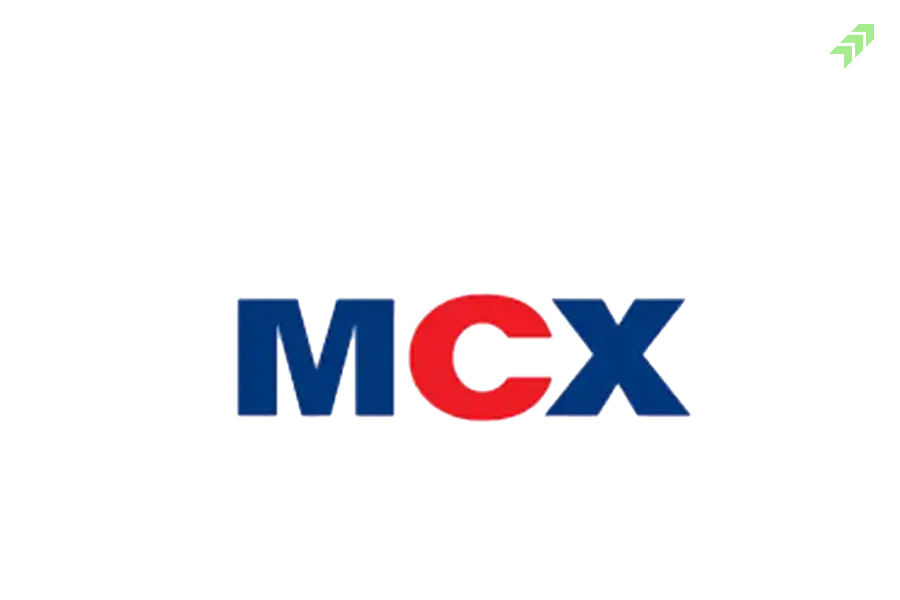Playing in the stock market is not a blindfold game, just pick any stock and put your hard-earned money for better returns. There are certain principles need to be followed while trading or investing in companies listed on the stock exchanges.
These stocks are either fundamentally or technically analyzed before investing or trading. And these are two very important tools or you can say techniques used while picking the best stocks. Today we will discuss fundamental vs technical analysis, how both are different from each other and which one is better with their pros and cons.
Difference Between Fundamental and Technical Analysis
Though both are ways to analyze the listed companies to evaluate their share price. Both are different in terms of their methodology, analyzing techniques, tools, indicators and applications. So before differentiating them, let’s find out what exactly both are.
What is Fundamental Analysis in Stock Market?
Fundamental analysis is the process of evaluating the share price of the company to measure its intrinsic value. And while analyzing, various factors are considered such as economic factors, industry, company management, financial statement, revenue and profit growth, quality of assets, liabilities and any other aspect fundamentally affecting the company.
The main motive of fundamental analysis is how fundamentally a company is strong, and that is possible when you examine its financial statement, income & expenses statement, cash flow and balance sheet. Examining these helps to find out the key ratios like revenue, earning capability, profit margins, debt levels and return on equity etc.
Also Read: How to Read Financial Documents
Apart from these micro factors, at macro levels, the country’s economic conditions, industry or sectors related to various factors affecting the performance and financial growth of the company all are considered while performing the fundamental analysis.
Finally, using the financial models or other methods the stock price of the company is calculated, and according to that the decisions are taken while buying or selling the stock of the company with the expectation to earn food returns in future.
What is Technical Analysis in Trading?
Performing the Technical analysis is a different strategy, in which the share price is analyzed using the statistical data generated through its stock price movement. In technical analysis chart patterns, price trend lines, volume of trade and other factors are considered.
Technical analysis is performed just to know whether the stock price is currently heading towards which direction or going to rise or fall from this point. In technical analysis there are various tools, techniques and indicators are used to analyze the stock price.
Popular technical indicators such as candlestick chart patterns, support and resistance, RSI, Moving averages, Bollinger band, Fibonacci Retracements and Swing Trading are used while performing this technique of stock market analysis.
Also Read:Swing Trading Strategies Indicators & Best Stocks
Fundamental Analysis vs Technical Analysis Examples
Fundamental Analysis: For example, a stock price of the company trading at Rs 100 per share, and an analyst has published the results and while considering all the fundamental factors evaluated that the price of a stock should be worth Rs 150 per share.
However, other fundamental analysts used various other fundamental factors and evaluated that the stock of the company should be worth Rs 130. In both recommendations, the market price of the stock should be above the current market price.
Here fundamental analysis helps to find out the intrinsic value of the company while considering all the fundamental factors. Based on such recommendations investors make their decision of buying, sell or hold the stock of the company.
Technical Analysis Example: In technical analysis, an analyst the technical indicators on a chart and found that the stock of the company is at the point from where it can go further and can give good returns in a few days.Technical indicators help to predict the price or how much their potential to go up or down in the near term so that they can make a position.
Also Read:Technical Indicators that Every Trader should be aware of
Suppose a technical analyst is using the Relative Strength Index (RSI)to check the stock price, it will tell him whether it is in the overbought or oversold zone. RSI oscillates between zero and 100 and when RSI Indicator is above 70, it is considered in the overbought zone and when RSI Indicator is trailing below 30 it means the stock is oversold.
Also Read:What is RSI in Trading & How RSI Works? Formula and Strategy
Similarly, you can use the support and resistance of other popular indicators are used in combination depending on the analyst’s understanding, tools available and applicability to predict the stock movement more precisely.
Fundamental and Technical Analysis Key Differences
The main difference between fundamental analysis and technical analysis is their methodology and applicability. The former is performed mainly based on the company’s financial data, while the latter can be performed with the historical and latest stock price of the company. However, let’s find out what are the key differences between both of them.
Purpose of Analysis: The main purpose of fundamental analysis is to find out the intrinsic value of the stock of the company. Whereas, technical analysis is used to identify the right time to buy, sell or exit from the stock to book profits and earn money.
Time Horizon: Fundamental analysis is performed to analyze the stock value with a long-term time horizon (3, 5 and more years) investment point of view. While technical analysis is done to make positions in stocks for shorter times like intraday, week or months till the expiry of future and options stock listed in the derivatives segment.
Also Read: What is Intraday Trading: Is it Profitable, How to Learn& Earn Money
Data Source: In fundamental analysis, the main source of data is financial statements, economy news and industry-related latest updates. Here both past, as well as present data, are used while analyzing. Whereas, in technical analysis, the price of the stock on charts is used to analyze to make the decisions for buying or selling the stocks and earn profits.
Methodology: The methodology of fundamental analysis is different from technical analysis. In fundamental analysis, analysts examine the economic condition, industry trends, company’s financial position and other data. While in technical analysis, the price of a stock, its movement, the volume of trade and chart patterns are analyzed to predict share price.
Use of Indicators: In fundamental analysis, the main indicators are revenue & profit growth, expenses, assets, liabilities, EBITDA & PAT margins, financial ratios like equity to debt, valuation ratios like price to earning per shares and book value etc.
Whereas, in technical analysis, candlestick chart patterns, moving averages, RSI, MACD, Bollinger Band and Fibonacci Retracements are the leading indicators used while analyzing the stock price movement and predicting the next move of the same.
Investing vs Trading: Fundamental analysis is primarily done by and for the investors looking to buy the stock from the long-term investment perspective. While on the other hand, technical analysis, is performed by traders who used to trade intraday, short-term positional trading or swing trading to earn profit in a day or within the week.
Also Read: How to Do Intraday Trading: Best Stocks, Charts & Strategies
Decision Making: In fundamental analysis, the decision is taken based on statistical information of the company is evaluated. Conversely, in technical analysis, decisions are taken based on market trends and the movement of stock prices.
Conclusion
Fundamental Analysis is different from technical analysis in terms of their methodology, use of tools, applicability and purpose for which they are performed. However, they both have their advantages and disadvantages for the end-users.
Also Read: Technical Analysis vs Fundamental Analysis: Which is Better
For applying both or either of them in the stock market effectively, you need knowledge, skills and experience. If you don’t have such abilities, you can take help from dedicated market experts like fundamental analysts or technical analysts who have the knowledge and skills to analyse the stock using the best tools and techniques to find the best stocks.
Also Read: How to Select Stocks for Intraday: 10 Tips to Pic Best Stocks
Moneysukh is one the leading broker in India, offering trading and investment solution for equity, commodity and currency markets. If you are looking to invest or trade in the stock market, you can open demat account with us and enjoy unlimited trading at a minimum brokerage with the best returns while investing with experts working here.
Operating with highly qualified and experienced, analysts, you will get here daily recommendations on your phone or mail account to trade or invest in the stock of different companies with time-to-time updates to book profits or exit from the position. Here you will also get all useful information about the stock market, trading and investing through or learn section.



















No comment yet, add your voice below!